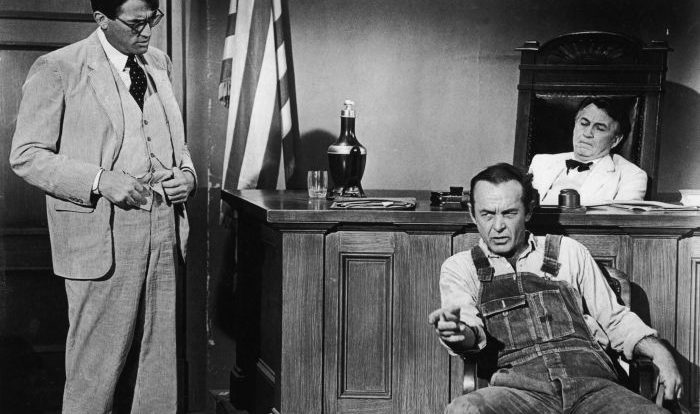Get up and bar the door ballad summary – The “Get Up and Bar the Door” ballad is a captivating narrative that explores themes of domestic conflict, gender roles, and social norms. This ballad, with its rich historical and cultural context, offers a glimpse into the lives and values of a bygone era.
The ballad follows the story of a couple whose domestic harmony is disrupted by a series of unexpected events. As the narrative unfolds, we witness the characters’ struggles, motivations, and the consequences of their actions.
Get Up and Bar the Door Ballad Summary

The ballad “Get Up and Bar the Door” is a traditional Scottish folk song that dates back to the 18th century. It tells the story of a couple who are visited by a mysterious stranger in the middle of the night.
The ballad is known for its suspenseful plot and its humorous ending.
Ballad Overview, Get up and bar the door ballad summary
The ballad “Get Up and Bar the Door” is a traditional Scottish folk song that has been passed down orally for generations. The earliest known version of the ballad was published in 1776, but it is believed to be much older.
The ballad is typically sung in a call-and-response style, with one person singing the verses and the other singing the chorus.
The ballad is set in a rural village in Scotland. The main characters are a couple who are visited by a mysterious stranger in the middle of the night. The stranger asks the couple for food and shelter, and they agree to let him stay.
However, the stranger soon reveals himself to be a dangerous man, and the couple must use their wits to outsmart him.
The ballad “Get Up and Bar the Door” is a classic example of a traditional Scottish folk song. It is a suspenseful and humorous story that has been enjoyed by generations of listeners.
Narrative Summary
The ballad “Get Up and Bar the Door” tells the story of a couple who are visited by a mysterious stranger in the middle of the night. The stranger asks the couple for food and shelter, and they agree to let him stay.
However, the stranger soon reveals himself to be a dangerous man, and the couple must use their wits to outsmart him.
The ballad begins with the couple sitting by the fire, enjoying a meal. They are interrupted by a knock at the door, and the husband goes to answer it. He finds a stranger standing on the doorstep, and the stranger asks for food and shelter.
The husband invites the stranger in, and the stranger sits down at the table with the couple.
The stranger begins to tell the couple stories about his travels. He tells them about the faraway lands he has visited and the adventures he has had. The couple is fascinated by the stranger’s stories, and they soon forget about the time.
However, as the night goes on, the stranger’s stories become more and more sinister. He begins to talk about killing people and eating their flesh. The couple is horrified, and they realize that they have made a mistake in letting the stranger into their home.
The couple tries to escape, but the stranger is too strong for them. He grabs the husband and holds him down. The wife tries to fight off the stranger, but he is too powerful for her. The stranger is about to kill the couple when the wife has an idea.
She grabs a poker from the fire and hits the stranger over the head with it. The stranger falls to the ground, unconscious. The couple is finally safe, and they can finally go back to enjoying their meal.
Character Analysis
The main characters in the ballad “Get Up and Bar the Door” are the husband and wife. The husband is a kind and trusting man, while the wife is a strong and resourceful woman. The husband is initially deceived by the stranger, but the wife is able to see through the stranger’s disguise and save the couple from danger.
The husband is a typical example of a traditional Scottish folk hero. He is a strong and brave man who is always willing to help others. He is also a loving and devoted husband. The wife is a strong and resourceful woman who is not afraid to stand up for herself and her family.
She is a quick thinker and is always able to find a way out of a difficult situation.
The stranger is a mysterious and dangerous man. He is a master of disguise and is able to fool the husband into thinking that he is a harmless traveler. However, the stranger is actually a cold-blooded killer who is only interested in satisfying his own selfish desires.
Symbolism and Motifs
The ballad “Get Up and Bar the Door” is rich in symbolism and motifs. The stranger represents the dangers of the outside world, while the couple’s home represents the safety and security of their own world. The poker that the wife uses to kill the stranger represents the strength and courage of women.
The ballad also contains a number of motifs that are common in traditional Scottish folk songs. These motifs include the theme of hospitality, the theme of danger, and the theme of the triumph of good over evil.
Historical and Cultural Context
The ballad “Get Up and Bar the Door” was written during a time of great social and economic change in Scotland. The Industrial Revolution was beginning to take hold, and many people were leaving their rural homes to find work in the cities.
This ballad reflects the fears and anxieties of the time, as people were forced to confront the dangers of the outside world.
The ballad also reflects the traditional Scottish values of hospitality and self-reliance. The couple in the ballad are willing to help the stranger, even though they do not know him. However, they are also able to defend themselves when the stranger turns out to be a threat.
This ballad shows that the Scottish people are a proud and independent people who are not afraid to stand up for themselves.
Literary Devices
The ballad “Get Up and Bar the Door” uses a number of literary devices to create a suspenseful and humorous story. These devices include foreshadowing, irony, and understatement.
Foreshadowing is used to hint at the danger that the stranger poses to the couple. For example, the stranger’s eyes are described as “burning like fire,” and he is said to have “a cruel smile.” These details foreshadow the stranger’s true nature.
Irony is used to create a humorous effect. For example, the stranger asks the couple for food and shelter, but he is actually planning to kill them. This irony creates a sense of suspense and makes the story more enjoyable to read.
Understatement is used to downplay the danger that the couple is in. For example, when the stranger grabs the husband, the wife says, “He’s a strong one.” This understatement makes the stranger seem even more dangerous and makes the story more suspenseful.
Adaptations and Variations
The ballad “Get Up and Bar the Door” has been adapted and varied many times over the years. Some of the most notable adaptations include:
- A 1951 film adaptation starring Richard Todd and Anne Crawford.
- A 1960 musical adaptation by Alan Jay Lerner and Frederick Loewe.
- A 1976 children’s book adaptation by John Burningham.
These adaptations have helped to keep the ballad alive and relevant for new generations of listeners and readers.
Frequently Asked Questions: Get Up And Bar The Door Ballad Summary
What is the main conflict in the ballad?
The main conflict arises from the husband’s drunken behavior and his neglect of his domestic responsibilities.
How does the wife respond to her husband’s behavior?
Initially, the wife tries to reason with her husband, but her efforts prove futile. She then resorts to more drastic measures to protect herself and her home.
What is the significance of the ending of the ballad?
The ending of the ballad suggests that the wife’s actions are justified and that she has taken control of her own life.




